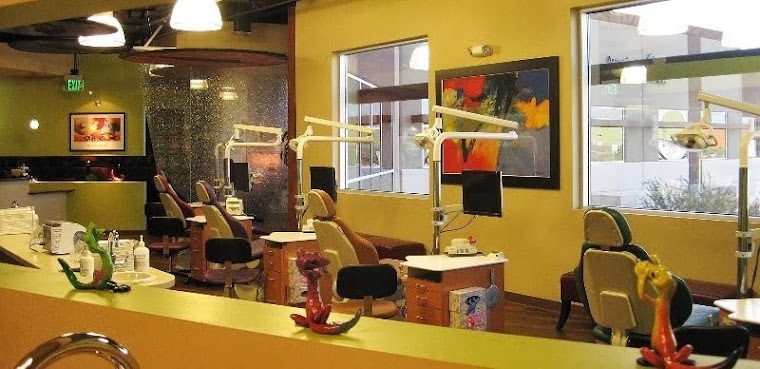There have been many movements, or styles, in architecture throughout history, from Classical and Baroque to the Prairie Style, Modernism and Deconstructivism, etc. Today’s new buildings continue this evolution in the perpetual search of expressing our time. The one constant through all this change that will always be the basic purpose of architecture is shelter! Shelter has, throughout time, been especially concerned with the overhead, expressed by visible roofs with names like gable, hip, shed and dome, etc. Because these roofs were visible, a variety of materials and colors were used to celebrate this function of shelter.
However, with the Industrial Revolution and the turn of the century, the visible roof began to disappear and give way to the “flat” plane (which still, by the way, has some slope). This “flat” roof plane sometimes still had an eave, but with the International Style and “machine-age” becoming more popular, the visible roof vanished and metamorphosized into parapets and flatter, abstract forms & surfaces. This challenged the notion of what shelter could be while breaking free from traditional forms, which coincides with what was happening in the art world regarding challenging traditional subject matter in favor of a new expression of a brave new world (which I think is utterly essential!). But, this all has raised a question within me – what has “removing” the roof done to much of the architecture today??
Many of today’s more publicized buildings appear to me as “machines”, devoid of the sense of human scale and shelter that generous roofs can help provide. Roofs protect us from the elements (which tend to come from above) as well as protect the exterior building “skin”, which can help reduce maintenance. With flatter surfaces and more box-like forms, today’s buildings do not invoke the same feeling of comfort that can come from a good “hat” to keep the sun and rain off.
Most of the “cutting-edge” structures in the magazines today also seem to depend heavily on new technology for everything from heating & air conditioning requirements (which a good roof with appropriate overhangs could minimize), to electrical and security systems, as well as for the exterior materials. Again, while I encourage R&D for a better future, there is a tendency for the mere celebratory expression of technical prowess, resulting in buildings appearing thin, fragile, temporary objects, separate from nature and the very people for which they were designed.
So, what about the roof? I think it’s important we don’t lose sight of what a good roof represents in architecture for our fellow human family – shelter, protection and comfort. Nature’s elements should and will always play the leading role in how we build in harmonious connection with them (especially with today’s climate issues), regardless of how “advanced” technology may seduce us into a false sense of detachment from an ever-changing environment. What do you think?.....

No comments:
Post a Comment